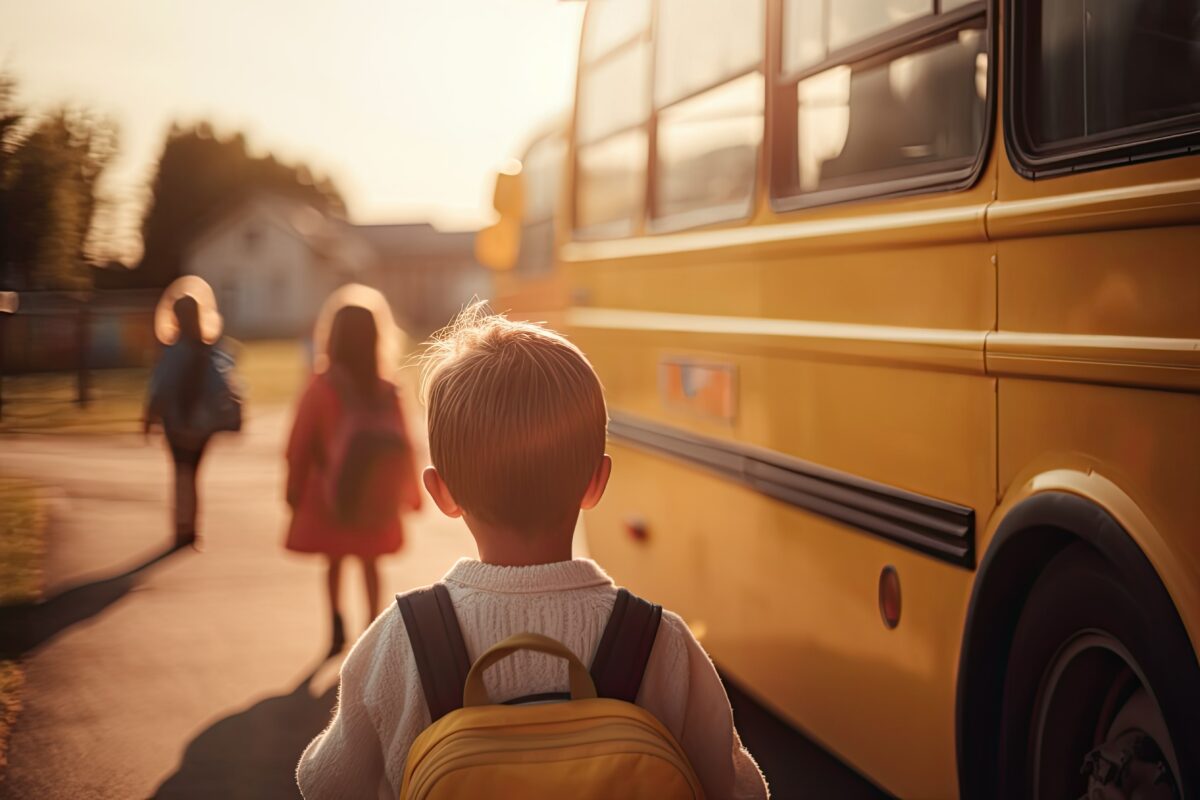The Bottom Line ‘Public’ Schools That Aren’t Public
Originally published at The Wall Street JournalTeachers unions and education bureaucrats hail public schools for being open to all children while condemning private schools for limiting access. But most “public” schools aren’t public at all.
In most communities, children are restricted to a single assigned school based on their home address and arbitrary boundary lines. Private schools often have academic, behavioral, or other admissions standards, but they don’t keep children out simply based on where they live.
The cost of tuition is the primary barrier to parents who want to enroll their children. Nine states — Arizona, Arkansas, Florida, Indiana, Iowa, Ohio, Oklahoma, Utah, and West Virginia — have enacted universal or near-universal school choice into law, thus the financial barrier for families to enroll their children in private schooling — whether traditional, online, hybrid or micro schools — is crumbling.
Yet unions, bureaucrats, and their political allies continue to insist not only on keeping kids in the public system but restricting them to a single assigned “public” school, even if it is failing to educate children or keep them physically safe.
For schools to be truly public, they have to be open to all.
Keri D. Ingraham
Parents have been charged with stealing public education, fined, and sentenced to jail time. Sixteen parents in Maryland and Virginia were charged for providing fraudulent addresses for their children to attend a public school other than their specifically assigned school without paying nonresident tuition of $10,000 to $14,000 a year. A recent report found that in at least 24 states, parents can be criminally prosecuted for providing false home address information to enroll their children in a “public” school.
Children are often kept in failing public schools despite other schools in the area having room to admit them. That’s discriminatory: Children from specific ZIP codes and neighborhoods aren’t allowed to attend better-performing public schools, making taxpayer-funded government K-12 schools far from accessible to all.
While historically, K-12 public education has maintained a near monopoly, its stronghold is weakening with the advancement of universal school choice. Now empowered with their children’s education funding, parents in a growing number of states are free to select from among private school providers.
As most communities across the country continue to restrict any form of public school choice, the private school market will benefit by welcoming students from all neighborhoods. For schools to be truly public, they have to be open to all.


